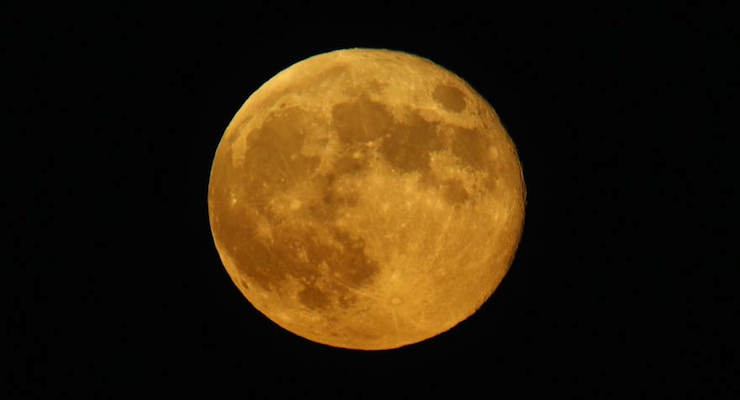
Supermoon Lunar Eclipse Won’t Return Until 2033, So Watch NASA’s Live Feed If Necessary

File photo – The rising full moon is seen from Valletta Sept. 9, 2014. (REUTERS/Darrin Zammit Lupi)
For the first time in over 30 years, NASA says a supermoon lunar eclipse combo will be visible to stargazers Sunday in North and South America, Europe, Africa, and parts of West Asia and the eastern Pacific. There have only been five supermoon eclipses since 1900 (in 1910, 1928, 1946, 1964 and 1982). The next supermoon eclipse will occur in 2033.
“Throughout human history, lunar eclipses have been viewed with awe and sometimes fear,” NASA said in a statement. “Today, we know that a total lunar eclipse happens when the full moon passes through the darkest part of Earth’s shadow, the umbra.”
On the night of Sept. 27, 2015, a supermoon lunar ecllipse will be viewable and last 1 hour and 11 minutes in the night sky for those living in North and South America, while those living in Europe and Africa can view it in the early morning hours of Sept. 28. Weather permitting, the supermoon will be visible after nightfall, and the supermoon lunar eclipse combo will begin at 8:11 p.m. ET. The total eclipse starts at 10:11 p.m. ET, peaking at 10:47 p.m. ET.
Facts From NASA
The moon does not make its own light; it reflects light it receives from the sun. During a lunar eclipse, the moon appears less and less bright as sunlight is blocked by the Earth’s shadow. As totality approaches, sunlight reaches the moon indirectly and is refracted around the “edges” of Earth, through Earth’s atmosphere. Because of this, almost all colors except red are “filtered” out, and the eclipsed moon appears reddish or dark brown. This filtering is caused by particulates in our atmosphere; when there have been a lot of fires and/or volcanic eruptions, lunar eclipses will appear darker and redder. This eerie — but harmless — effect has earned the phenomenon the nickname “blood moon.”
Watch NASA’s live stream from 8:00 p.m. until at least 11:30 p.m. EDT broadcast from Marshall Space Flight Center in Huntsville, Ala., with a live feed from the Griffith Observatory, Los Angeles, Calif. Mitzi Adams, a NASA solar physicist at Marshall will discuss the eclipse and answer questions from Twitter. To ask a question, use #askNASA.
WATCH — NASA Explains First Supermoon Lunar Eclipse in 30 Years (Video)
The live feed from NASA’s Marshall Space Flight Center will offer views of the eclipse from not only the Griffith Observatory, but the Adler Planetarium in Chicago, Fernbank Observatory in Atlanta and other locations across the United States. The live feed is an alternative for those experiencing less-than-optimal weather or light-polluted night skies.







